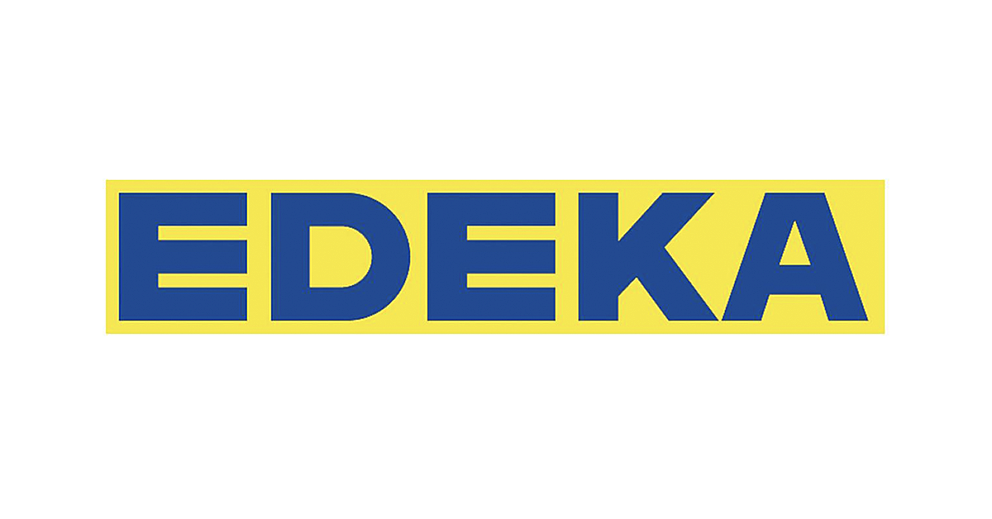
AI-supported shift scheduling
Automated shift planning. Cloud-based and scalable to thousands of employees.
shyftplans functionalities at a glance
Discover the many possibilities for efficient and automated shift planning.
Why industry leaders like Siemens and ZF rely on shyftplan:

Unrivalled Automation
shyftplan always finds the optimal shift staffing - even in the event of short-term cancellations or additional demand. Planning with real-time data enables the most efficient shift planning and minimises bottlenecks.

Effortless Usability
shyftplan allows you to make extensive customisations with just a few clicks. In the shyftplan app, additional functions can be activated for employees, allowing them to apply for their favourite shifts or store preferences.

Unlimited scalability
shyftplan enables smooth shift operations for thousands of employees. You can create shift plans in seconds instead of hours - even in complex shift systems.
Efficiency gains through AI
shyftplan's intelligent algorithms enable you to create shift plans that cover all relevant factors. These include demand planning, availability, qualifications, shift models and rotation groups. Short-term absences can also be filled fully automatically. shyftplan also offers numerous intuitive functions and views for the manual fine-tuning of schedules.


98% employee satisfaction at Siemens Energy with shyftplan
AI-supported shift planning ensures 98% employee satisfaction and more productivity. Find out first-hand how flexible shift planning and intelligent personnel management tools have contributed to a noticeable improvement in everyday working life at Siemens Energy.
Easy integration thanks to shyftconnect
shyftplan only achieves its highest level of automation when connected to other HR and ERP systems. Our integration module shyftconnect simplifies integration into your existing IT landscape. shyftplan can be connected to all old and new SAP solutions, as well as other solutions such as Veda, Personio or Workday.

shyftplan is a certified SAP-partner for workforce management
As a certified SAP partner, shyftplan can be seamlessly connected to common demand and personnel planning tools such as APO, HCM or SuccessFactors. Older SAP systems can also be connected via SAP BTP/CPI. Find out more about how you can easily link shyftplan with your SAP solutions.


























